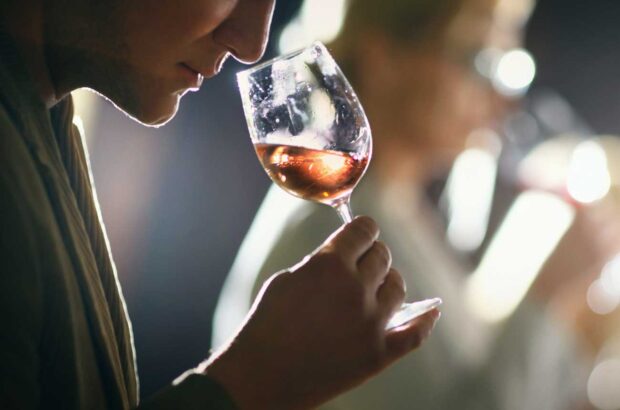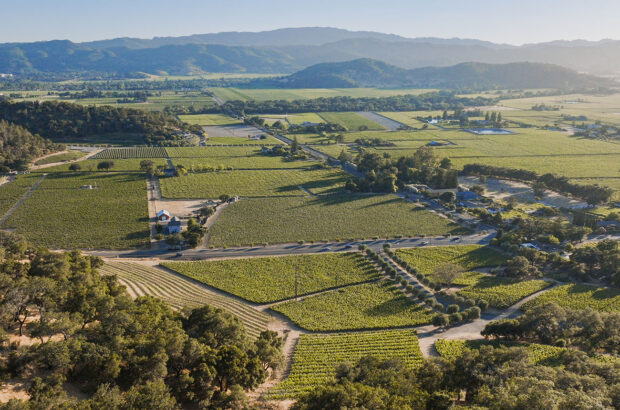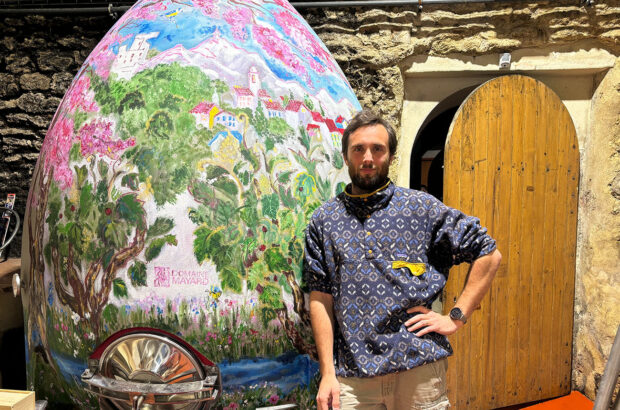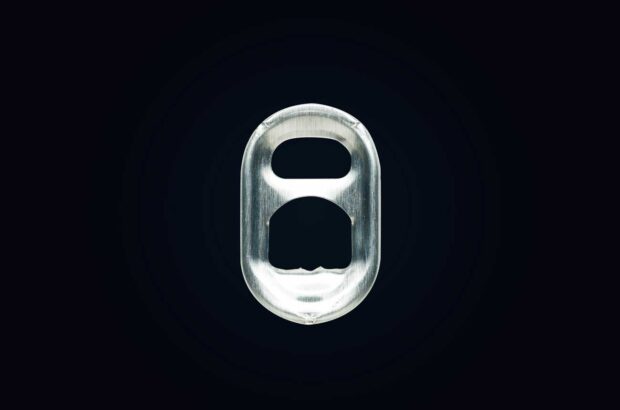drink now
Average vintage though some Merlot failed to ripen fully
Weather Conditions
A vintage noted for its cold, dry winter that included a rare December freeze, miracle March rains, and a long growing season extending into late October and early November. It was a big crop requiring thinning for quality. Cool to moderate temperatures, interrupted by a heat spell in early July extended the season. In cooler growing regions, Cabernet did not always ripen fully, and impatient growers in many regions picked by the calendar, not by grape maturity, contributing a green, unripe note to the wine. The best wines show deep color and forward fruit; a few Cabernets are betrayed by high alcohol and high pH. The overall quality is mixed, with hillside- grown wines leading the way. Above average, with many excellent Cabernets, but not as uniformly good as 90. The heavy March rains revived the water-starved Merlot vines, and that variety went on to enjoy the long, cool summer. Cluster thinning was essential to avoid overcropping. Harvesting was 3 to 4 weeks late, but most Merlot grapes were picked before the last heat waves.
Best Appellations
Napa Valley Cabernets stood head and shoulders above the crowd in terms of concentration, balance, and the sheer number of successes. Most were from mid-valley, the Rutherford and Oakville areas, and with time their superb structure and balance pushed them into the lead. Sonoma was less consistent, but the best from Alexander Valley and Sonoma Valley, though few in number, were on a par with Napa. For Merlot, the Alexander Valley and the Sonoma Valley were stand out.
Best Producers
Swanson came on strong in this vintage. Other top ranked wines are Ch. Suzerain, Chateau St. Jean, Silverado Vineyards, Arrowood, St. Clement, Ferrari Carano, Benziger, Matanzas Creek, and St. Francis.







